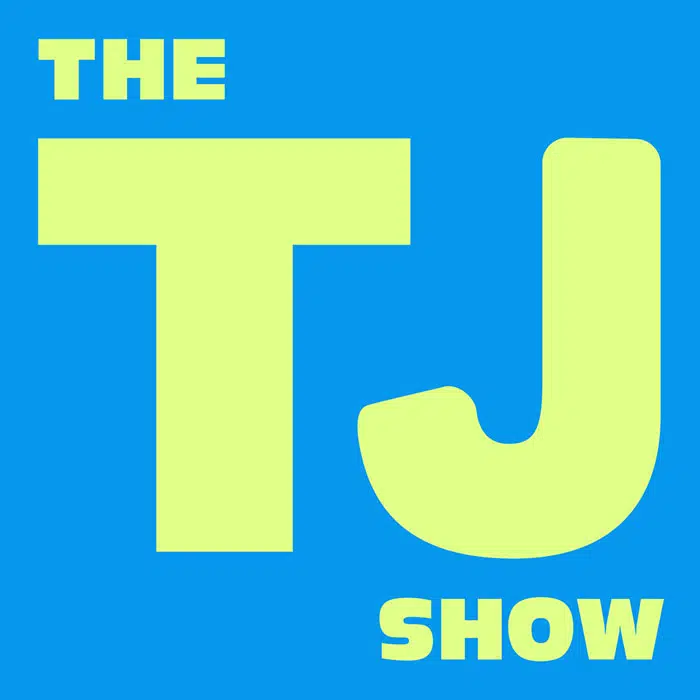SINGAPORE (Reuters) – Foreign investors have been turning to Australia’s domestically focused stocks, choosing an often overlooked market as a trade-war hideout with a cheap currency and resilient economy.
It is hard to quantify just how much capital has gone Down Under, since Australia’s stock exchange does not publish timely flows data. But it has showed up in share registries.
The ASX 200 is among the developed world’s top-performing market benchmarks since Donald Trump’s “Liberation Day” tariff announcement on April 2, rising 3.1% and beaten only by Germany’s DAX.
The gain in U.S. dollar terms is more than double that if the greenback’s declines over that time are taken into account.
Money is also arriving at a time when global allocators are looking for alternatives to U.S. stocks and shows a relatively unusual bid for domestic-focused companies ahead of the global miners that offshore buyers have historically favoured.
“We have seen an uptick … in global fund managers trading into Australia,” said Clinton Wong, managing director at UBS in Sydney who oversees Australia and New Zealand equities.
He declined to quantify the flow or describe buyers in detail, but said possible reasons were that Australia is a large and liquid market with a relatively low hit of 10% U.S. tariffs.
“We have many domestic Australian companies that have no export business that run off the strength of the economy. And the economy is strong,” he said.
A Macquarie analysis of quarterly share registry data showed international investors buying even before Trump’s tariffs, scooping up A$800 million in bank stocks – mostly National Australia Bank – over the first quarter of 2025.
That extended into April, according to Macquarie’s own flow figures, the investment bank’s analysts said in a note last month.
“Indeed, our data suggests that offshore investors increased their cumulative net buying of financials by about 23% since ‘Liberation Day,'” they said.
Fund flows have also spiked into Sweden, a bellwether for flows into Europe, and foreigners have been buyers in Japan.
Morgan Stanley last month upgraded its recommended allocation to Australia from underweight to even weight, noting the market’s defensive appeal and increasing its weightings for banks and consumer stocks.
It is not clear exactly which non-financial stocks foreigners have bought, but grocer Coles – insulated against tariffs – is up 18% year-to-date and telecom firm Telstra is up 14% against a flat broader market.
‘MINI UNITED STATES’
Money managers say they have been looking more deeply at a market that had come to be mainly known for the banks and miners that combined comprise a bit more than half of the A$2.6 trillion ($1.7 trillion) S&P/ASX 200.
“A lot of people think that Australia is all about commodities or if not commodities, it’s about the large domestic banks. And we beg to differ,” said Sam Konrad, investment manager for Asian equities at Jupiter Asset Management in Singapore.
His strategy does own shares in miners and an energy company in Australia, but Konrad said it has also sought out companies that are regional players, or that focus on doing business inside Australia. He is significantly overweight Australian equities.
“In some senses, we see Australia is a little bit like a mini United States, but actually with less political risk,” he said.
Australia has just re-elected a centre-left government with an expanded majority and scope to keep up the fiscal spending that has kept the economy ticking over.
Tax cuts spurred the fastest economic growth for two years in the fourth quarter of 2024. And rates markets have priced in more than 100 basis points of cuts over the rest of 2025.
To be sure, some say the shift to defensives is probably done. “I think that trade’s largely played out now, the whole Australian safe-haven trade,” said Angus McGeoch, Barrenjoey’s head of equities distribution for Asia in Hong Kong.
Continued cooling in the trade war could see some money flow out of defensives, he said, though a longer-run possibility would be a rotation into the mining sector on a recovery in Chinese growth and commodity demand.
Still, Australia’s currency trades near the bottom of a 20-year range – making it look reasonably cheap – and data from EPFR shows allocations to Australia from global ex-U.S. funds are below benchmark, even after increases in 2022 and 2023.
And a lot of those flows are staying, according to Chris Nicol, equity strategist at Morgan Stanley in Melbourne.
“(Ten years ago) a lot of the money coming into the Aussie market offshore was a little bit touristy. It would come in and out,” said Chris Nicol, equity strategist at Morgan Stanley in Melbourne.
“It’s kind of stayed there – it’s been very sticky.”
($1 = 1.5456 Australian dollars)
(Reporting by Tom Westbrook. Editing by Sam Holmes.)






Comments